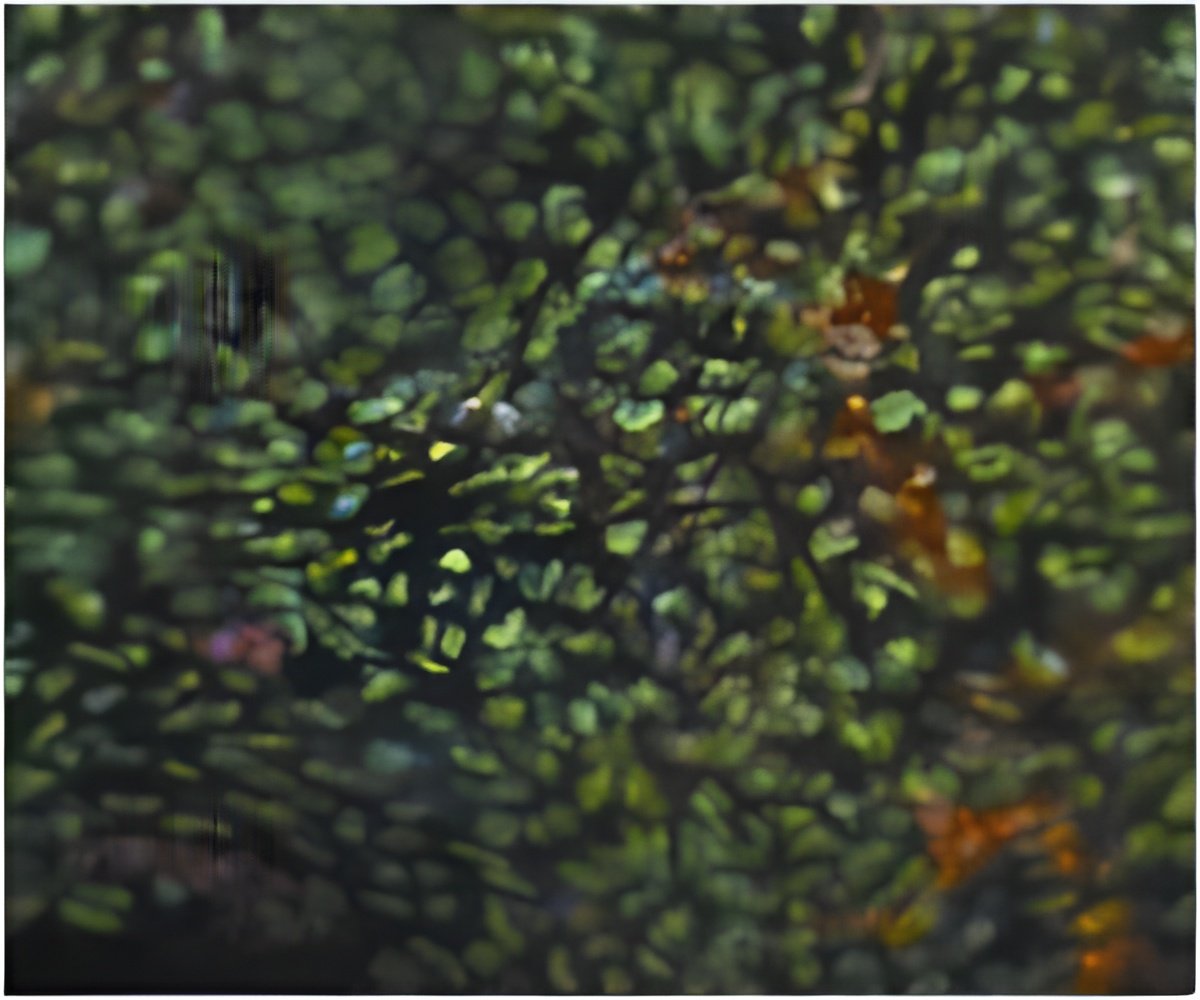
NF1 is among the world's most common genetic disorders, occurring in about one of every 3,000 births. It causes a wide range of symptoms, including brain tumors, learning disabilities and attention deficits.
Brain tumors in children with NF1 typically arise in the optic nerve and do not necessarily require treatment. If optic gliomas keep growing, though, they can threaten the child's vision. By learning more about the many factors that contribute to NF1 tumor formation, scientists hope to develop more effective treatments.
"To improve therapy, we need to develop better ways to identify and group tumors based not just on the way they look under the microscope, but also on innate properties of their stem cell progenitors," says David H. Gutmann, MD, PhD, the Donald O. Schnuck Family Professor of Neurology.
The study appears July 9 in Cancer Cell. Gutmann also is the director of the Washington University Neurofibromatosis Center.
In the new study, researchers compared brain stem cells from two primary sources: the third ventricle, located in the midbrain, and the nearby lateral ventricles. Before birth and for a time afterward, both of these areas in the brain are lined with growing stem cells.
Advertisement
"There are night-and-day differences between these two groups of stem cells," Gutmann says. "These results show that stem cells are not the same everywhere in the brain, which has real consequences for human neurologic disease."
Advertisement
To test the theory, they disabled the Nf1 gene in neural stem cells from the third and lateral ventricles in the mice. This same gene is mutated in patients with NF1, increasing their risk of developing tumors.
Lee found that loss of Nf1 activity had little effect on stem cells from the lateral ventricle, but stem cells from the third ventricle began to divide rapidly, a change that puts them closer to becoming tumors.
The third ventricle usually stops supplying stem cells to the brain shortly after birth. When researchers inactivated the Nf1 gene before the third ventricle closed, the mice developed optic gliomas. When they waited until the third ventricle had closed to inactivate the Nf1 gene, gliomas did not develop.
Gutmann plans further studies to determine whether all NF1-related optic gliomas form in cells descended from the third ventricle. He suspects that additional factors are necessary for optic gliomas to form in cooperation with Nf1 gene loss in third-ventricle stem cells.
"We have to recognize that cancers which appear very similar actually represent a collection of quite different diseases," he says. "Tumors are like us — they're defined by where they live, what their families are like, the traumas they experience growing up, and a variety of other factors. If we can better understand the interplay of these factors, we'll be able to develop treatments that are much more likely to succeed, because they'll target what is unique about a specific patient's tumor."
Source-Eurekaler














